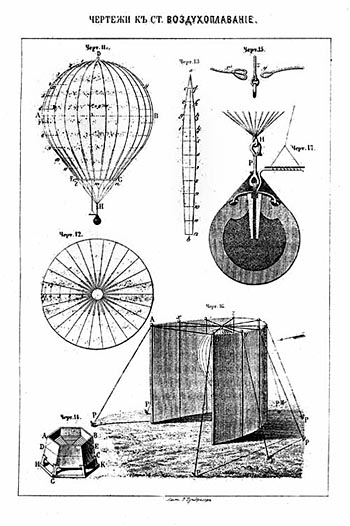
On Aug. 22, 1849, Austria launched a pilotless balloon bomb
attack against Venice. The attack caused little damaged, but Venice surrendered
two days later.
The Republic of Venice had been independent for more than
1,000 years before it was conquered in 1797 by Napoleon, who ceded it to
Austria later that year. In 1848, a year during which revolutions swept through
Europe, Daniele Manin led a revolt against Austrian rule, declaring Venice to
be a republic.
The Austrians retaliated by blockading Venice, causing
starvation, disease and hunger. “Although Austrian Field Marshall von Radetsky
beleaguered the city by land and sea, his siege artillery couldn’t get close
enough to bear fire on the whole city because of its formidable coastal
defenses and shallow Lagoons,” according to the 2005 documentary “On a Wind and
a Prayer.”
A young Austrian artillery lieutenant named Franz von
Uchatius hatched the idea of launching balloons carrying explosives over
Venice. The first attempt, carried out on July 12, 1849, failed because the
wind was not in Austria’s favor.
Time magazine provided an account from one eyewitness: “The
balloons appeared to rise to about 4,500 ft. Then they exploded in midair or
fell into the water, or, blown by a sudden southeast wind, sped over the city
and dropped on the besiegers. Venetians, abandoning their homes, crowded into
the streets and squares to enjoy the strange spectacle. … When a cloud of smoke
appeared in the air to make an explosion, all clapped and shouted. Applause was
greatest when the balloons blew over the Austrian forces and exploded, and in
such cases the Venetians added cries of ‘Bravo!’ and ‘Good appetite!’”
In the second attempt, on Aug. 22, the balloons, measuring
5.7 meters in diameter and using “charcoal and greasy cotton as a continuous
combustion source,” were released from a “stable platform at sea,” according to
the documentary.
According to Monash University professor Russell Naughton,
about 200 of balloons, carrying 33 pounds of explosives and armed with
half-hour time fuses- they are also said to have used fuses electrically
activated via signals fed up trailing copper wires, were launched into Venice
that day. The balloons caused minimal damage to Venice and some even blew back
towards the Austrians.
“On a Wind and a Prayer,”
however, claims that the balloons did have a substantial psychological
effect. Whether out of balloon-related fear or due to exhaustion and
starvation, the Venetians would surrender just two days later.
Scientific American, March 1849 “The Presse, of
Vienna, Austria, has the following: ‘Venice is to be bombarded by balloons, as
the lagunes prevent the approaching of artillery. Five balloons, each
twenty-three feet in diameter, are in construction at Treviso. In a favorable
wind the balloons will be launched and directed as near to Venice as possible,
and on their being brought to vertical positions over the town, they will be
fired by electro magnetism by means of a long isolated copper wire with a large
galvanic battery placed on the shore. The bomb falls perpendicularly, and
explodes on reaching the ground.”